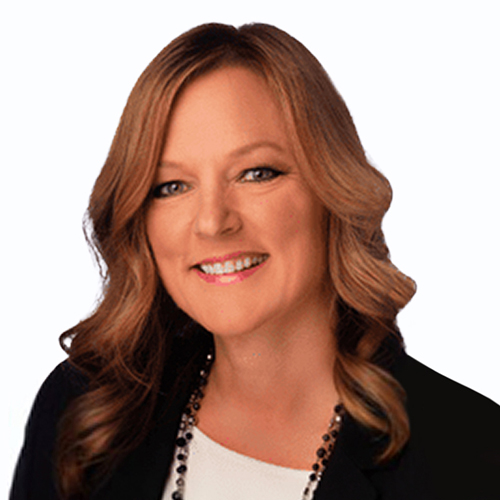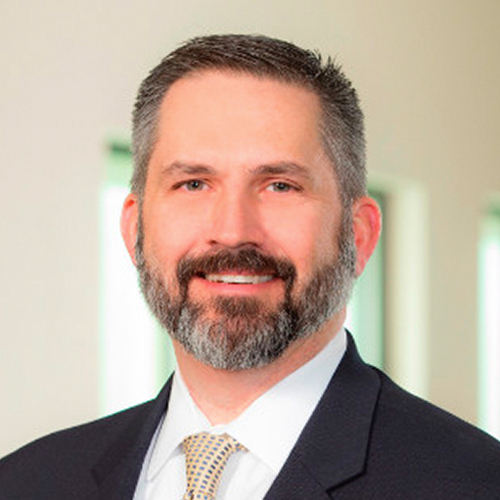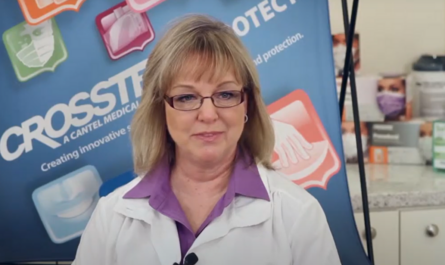Getting a more accurate depiction of your business’s financial position.
By Pete Mercer
Accrual accounting is an accounting method where revenue and expenses are recorded when a transaction occurs, as opposed to when the payment is made or received. This approach can provide a more accurate depiction of your business’ financial position, especially when compared to a cash-based approach.
DEO Magazine recently sat down with Hollie Williams, CFO at Rodeo Dental in Dallas-Forth Worth, Texas, and Mike Yates, CFO at Lumio Dental in Tulsa, Oklahoma, to discuss the value and challenges of accrual accounting for large group practices and DSOs. Both Williams and Yates recently led the change from cash-based business to accrual accounting in their organizations with great success.


DEO Magazine: Why is accrual accounting a better method for running a business?
Yates: I think we’ve all had that conversation or meeting where you talk about how much money is left in the bank. And depending on that number, it could have been a good month or it’s “we’re out of money in the bank, what happened?” I think we all look at accrual accounting as a way to make sure that the numbers are real. One area of focus for us over the last year is making the financials an operational document. They’re not a historical document, they’re an operational tool.
Williams: One of the basic things that happens when we go to school is we get taught about the matching principle, where you match your revenues with your expenses. When you hear people talking about accrual accounting or GAAP financials, you’ll hear a lot about matching. For example, let’s say that you’re operating a dental clinic and your dentist is seeing patients that day. If you want to assume you’ve only operated for one day – you open for one day and you close. When you do a cash basis financial statement for that day, there’s nothing that happened. Patients were served and you earned money, and employees worked and you owe them money, but nothing happened in your bank account that day. Your cash basis financial statement would just be a big zero, and that’s not correct because you are owed money and you owe money. When you match it and you accrue for the revenue for that day, and you obligate yourself and accrue for the payroll, or you’re obligated to pay, then you can really see what happened.
These are the conversations I have to have with doctors for them to understand that activities happened, and you are obligated to pay your employees and your patients are obligated to pay you.
DEO Magazine: When should practices make the transition to accrual accounting?
Yates: My opinion is the sooner you can take that step, the better. It’s a lot of work to get from A to B and you don’t necessarily set a timeline of “OK, we want to be in the market in 90 days, let’s get an audit.” The quicker you can get this change made, the quicker you can start to roll it into your three- or five-year plan. You’ve got all the bugs worked out; you’ve got your systems generally in place. You’re going to be able to stand up to that audit per testing.
Williams: I would agree to the sooner, the better. Let’s say that you’ve got one dental practice and you’re planning on opening a second. And you know that in two to three years, you’re going to look for a larger financial partner. If you can get your financials organized while your data is still a little bit manageable, you can get your financials onto an accrual basis and then run on an accrual basis. Up until that point, you’re going to have history to be able to share with that future financial partner, because a lot of them are going to look at year over year performance. And if you’re constantly having to say, “Well, this year is on an accrual basis, last year’s on cash basis. They’re not comparable.” It’s going to make your due diligence and the quality of earnings work a lot harder and a lot more painful.
DEO Magazine: How does accrual accounting impact the profit and loss statement?
Williams: The profit and loss statement, your net revenue or the revenue you recognize, should be what you expect to collect for the services that you performed inside the month that you’re recording. We have fee schedules – some of our claims will have to go to Blue Cross, some go to Medicare or Medicaid, some for self-pay patients. If we bill $100 and we expect to collect $80, then we need to be recognizing on the income statement, revenue of $80. To understand the reason for the difference, you must understand your contracts with your payers. You must understand any discounts that you expect to give to your patients. And then you also need to understand that some patients don’t pay the full balance of what they owe. And so that is the difference. You have your adjustments, which would be your contract with your payer that says, “You may bill me $100, but I’m going to pay you 80.” And then your history will tell you what your patients typically pay you based on what you build in.
DEO Magazine: How did you have the conversation with your team about transferring to accrual accounting?
Yates: Doctors live and die by their production report and their collection report. We’ve made a big focus to also get them living by their profit and loss statement. Obviously, two different methods of accounting. What I’ve had to do is explain why the timing matters – how we can use today’s activity to project tomorrow’s collections? One of the things that I’ve recently started doing is actually walking them through a statement of cash flows. Because I know they’ll ask the question, “these are my collections, and my income statement’s not showing it.” So I will literally walk them through each component: “Inventory changed, that’s money sitting on your shelves. Work AR went way up. Yeah, you had all this production, but we haven’t been paid for it yet.”
It seems to really strike home. It’s a logical enough method for them that they can just say, “Oh, well, that kind of explains it.” It’s really been trial and error with each doctor to get them to understand the differences between the two and why a huge collection month doesn’t necessarily mean a huge net income.
DEO Magazine: How did your team feel about the change? Do they like the new method, or do they still wish they were cash based?
Williams: We don’t still wish we were cash basis. I will say that we’ve successfully made the transition. I had the most difficult conversations with the CEO at Rodeo Dental about the adjustment of gross production to net revenue in that collection rate and what’s sitting in that collection rate. I think everyone here is very pleased and very happy. It’s the forecasting part that has made life easier for all of us. It’s just to being able to truly have a forecast of what is coming. We have targets for what we expect weekly cash collections to look like. We still have reports on collections, and we can articulate what we expect to collect every week.
Yates: I think the executive team has really bought into it. We’ve got multiple MBAs on our executive team, so they understood the three statements, which helps if you trickle that down a little bit to the field. It’s funny, one of the things that’s really been difficult, which seems kind of straightforward is, inventory. Just even getting that concept down of why you want to count it, why it’s important and why your units are important. I agree with Holly that forecasting is key. We’re even looking at projections at an individual biller level now. The measured performance and compliance with those targets just give you a level of visibility and planning you don’t have managing off your bank statement.





